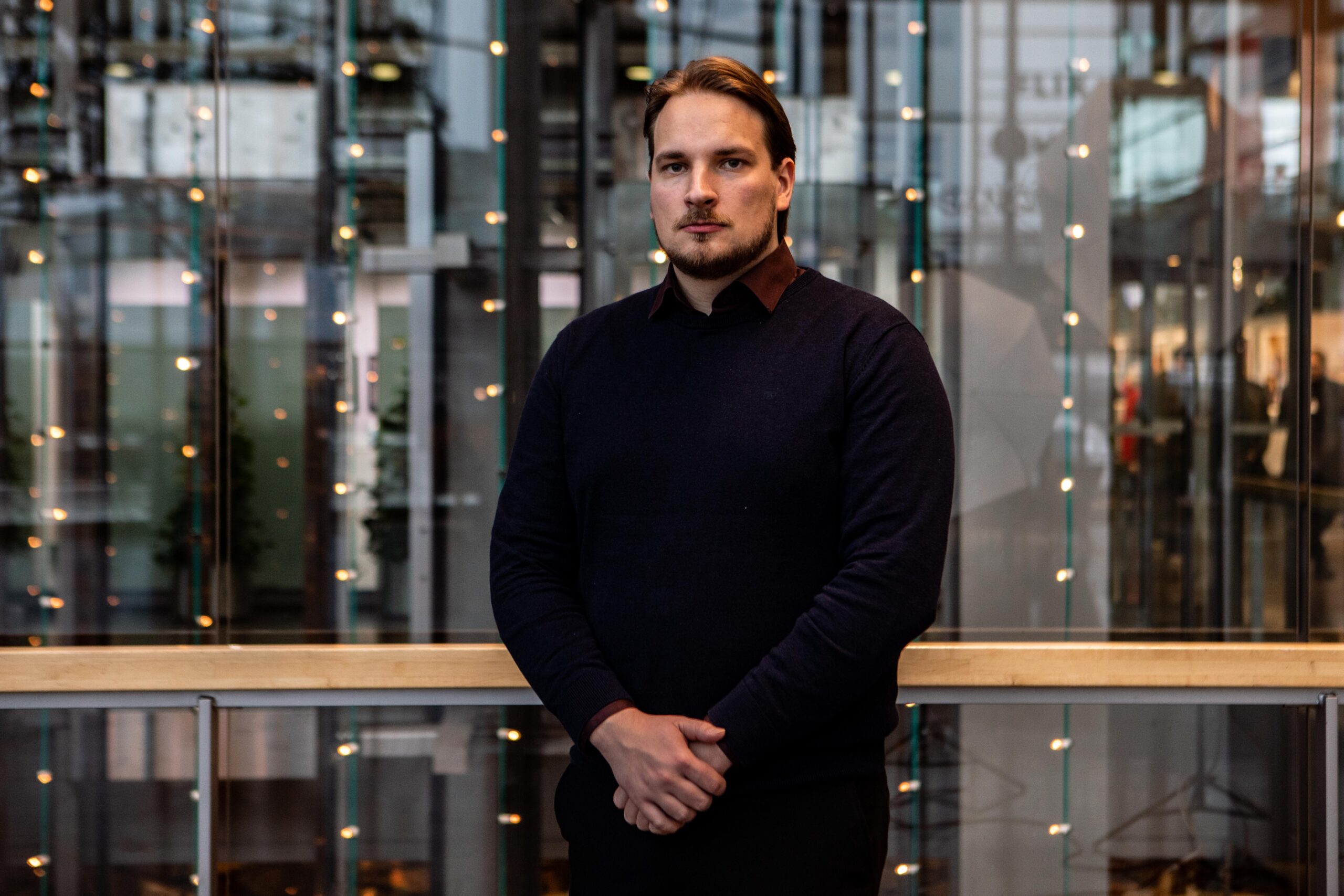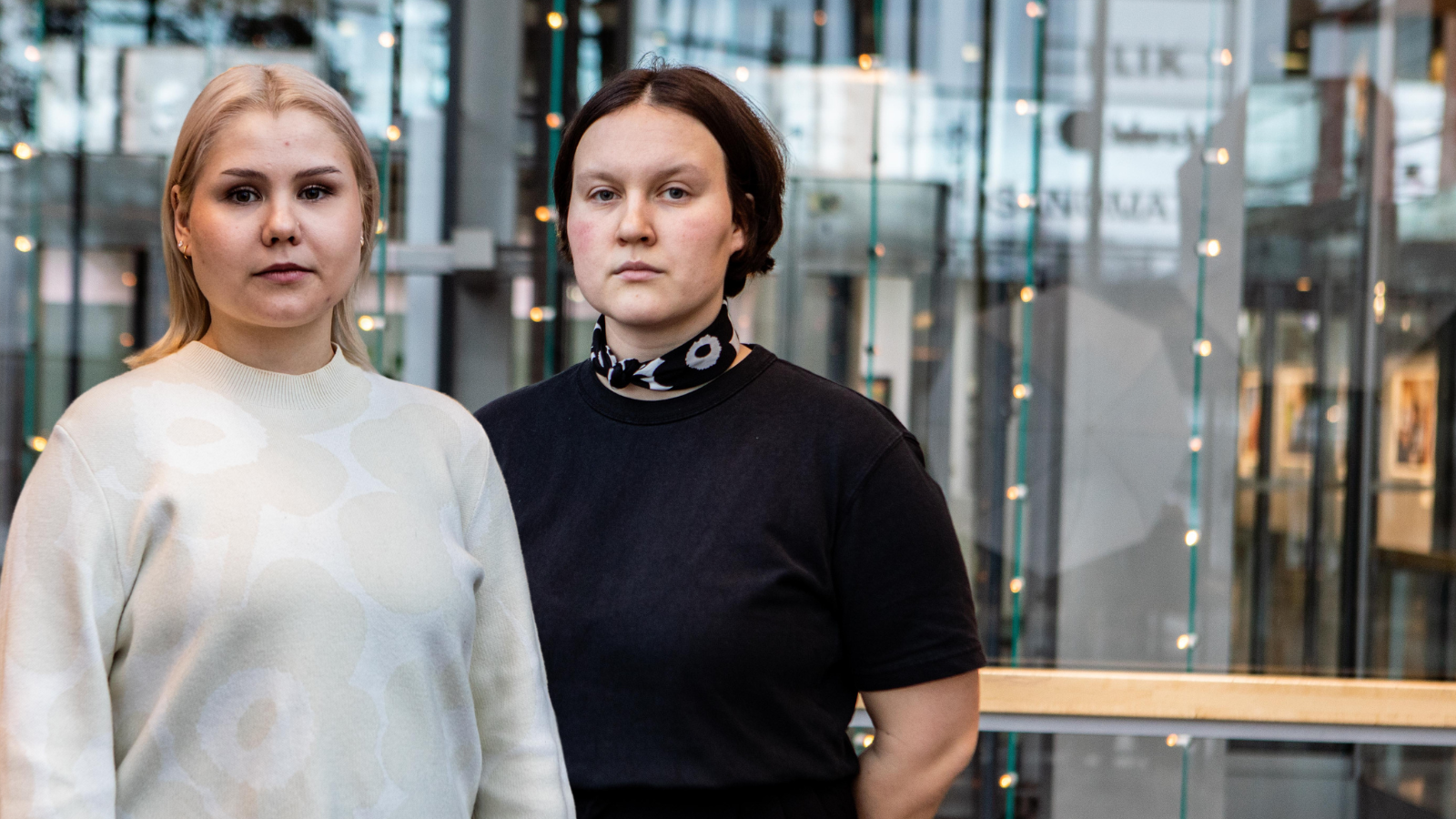During the last few weeks, we have celebrated a reform that expands the services of the Finnish Student Health Service (FSHS) to all university students. This is significant, because the status of the FSHS has needed defending from the student movement throughout its decades-long trajectory. The SYL alumni from various decades recall this trajectory.
First came the respiratory examinations. The first step towards securing the health of Finnish university students was taken in 1932, together with the Finnish Anti-Tuberculosis Association. The idea of founding a health care system for students would still have to develop for over ten years from this event. Although there was a plan, the Continuation War slowed its implementation.
The first student health care office was finally founded at the Kivelä hospital in Helsinki in 1946. In spring of 1954, the operations were expanded nationwide, and they were detached from the operations of SYL. These is when the FSHS began its operations, which remains well-known to this day.
Saturdays were days off at the SYL offices, and Seija Silventoinen, SYL’s long-term office secretary, remembers having also worked for the FSHS then, which hardly had anything other than health care staff at its beginning stages. However, the intense growth in the number of students quickly expanded the operational area and staff. Preventive mental health services were also added later.
University students’ health care in the 1960s: “We had a dream.”
When we asked SYL alumni to recall the greatest successes of the union, the founding of the FSHS was only mentioned once. Sten Enbom, a member of the administration in the 1950s, at the time of the association’s founding, said he held the decision to be the most significant in SYL’s history. The same was echoed by Kari Rahiala, SYL’s head secretary in the 1960s:
“For my age group, who did not create it, but enjoyed its benefits, the creation of university student health services was overwhelmingly the most important achievement of SYL during its first one hundred years. I have mentioned previously how we had a dream that one day we would be in a situation where students and the state would pay fifty-fifty, rather than 80 per cent paid by students, and less than 20 per cent paid by the state. And now it’s the complete opposite: students only pay approximately 20 per cent, and the public authorities pay 80 per cent.”
The association was founded under a positive atmosphere, Enbom reminisces. Jarmo Mäkelä, member of the 1970 administration, says that the operations of the FSHS in its beginning stages were driven primarily by practicality. At that time, the idea was that having a separate association was the most appropriate way to arrange health services for students. Later, the concept of the association as an advocacy group intensified, which focused the attention on advancing the interests of students.
Defending the status of FSHS over the years has been precisely about advocating students’ interests. The question of the continued existence of FSHS is recalled in the minds of the interviewed alumni as a perpetual one; there have been differing views about the necessity of the association throughout history. Seija Silventoinen remembers the end of 1985 when student health services were to be moved into the sphere of municipal health services. SYL began to suspect that the reform would turn out to be a loss for students: after all, the operations of the FSHS had accommodated precisely to student needs, and municipal health services would hardly reach the same level.
SYL was rewarded for defending the FSHS, as the reform ultimately did not happen. “The spectre of moving to municipal health services had passed,” Silventoinen describes the atmosphere at the office.
However, a new shadow was emerging. In 1987, the law for mandatory physical examinations for university students was repealed, and the FSHS had to stop the separate collection of health care payments. However, the payment was incorporated into the student union membership fee, which it is still a part of today. With this change, the status of health care as a part of the student union member service was emphasised further.
Now, after 64 years of providing services to university students, the FSHS has finally been given permission to expand its services to students in universities of applied sciences as well. If the law is approved this year, the expansion will take effect in 2021. The student movement has worked tirelessly towards this goal for decades. During these decades, an accessible health care system was built for the country’s university students. It became so effective that its expansion to all students in higher education is an eagerly anticipated achievement.
This text is part of a blog series that offers a first look at the centennial historical review of SYL. SYL alumni have been interviewed and SYL’s archives dusted off for this series.




